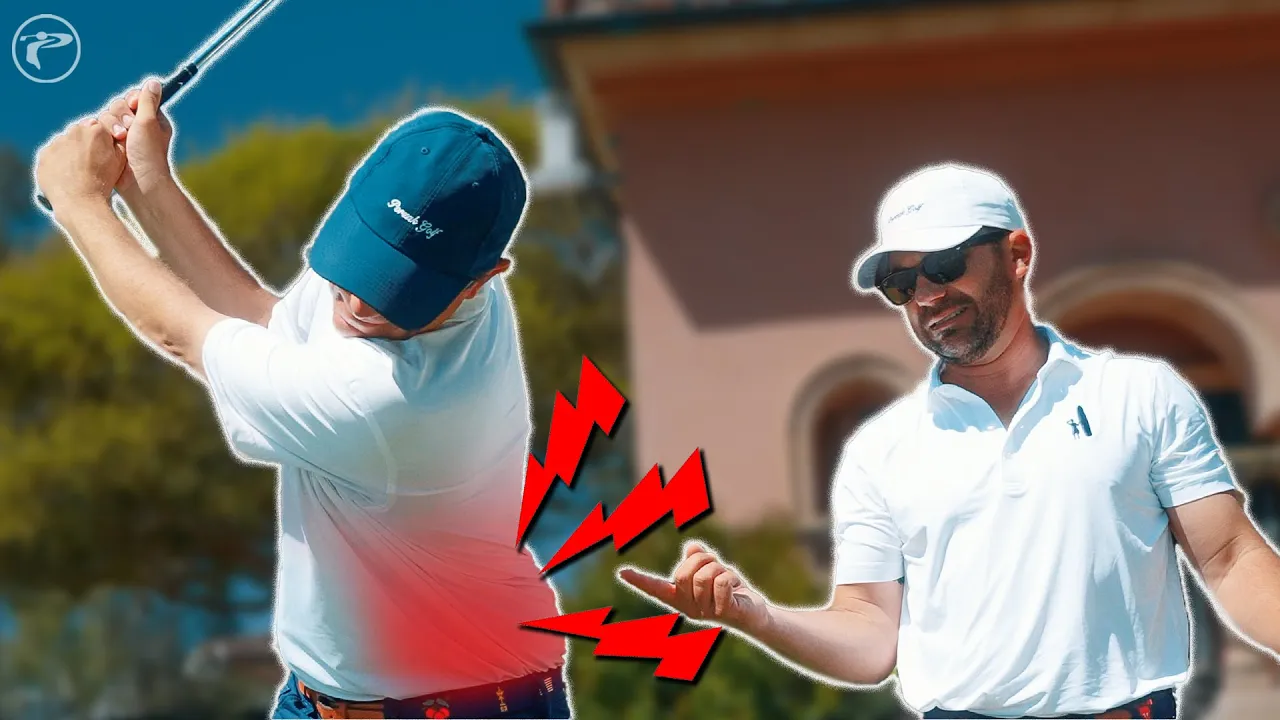
Struggling with low back pain during golf? You’re not alone. Back pain is a frequent issue for golfers, often stemming from improper grip and hip positioning. This guide will show you how to correct these missteps for a pain-free golf experience.
Table of Contents
- Introduction to Back Pain in Golf
- Correcting Your Hip Position for a Better Swing
- Conclusion: Swing Smart to Avoid Pain
- Join Our Full Swing Master Class
Introduction to Back Pain in Golf
Back pain can significantly affect your golf game, but understanding its causes is the first step towards relief. A key player in back pain for golfers is often the grip and hip positioning. By addressing these, you can enhance your comfort and performance on the course.
Understanding Grip: Strong vs. Weak
The grip connects you to the club and is crucial to a successful swing. A strong grip sees the lead hand on top with the trail hand beneath. A weak grip, however, can lead to a closed clubface, forcing compensatory movements that strain the lower back.
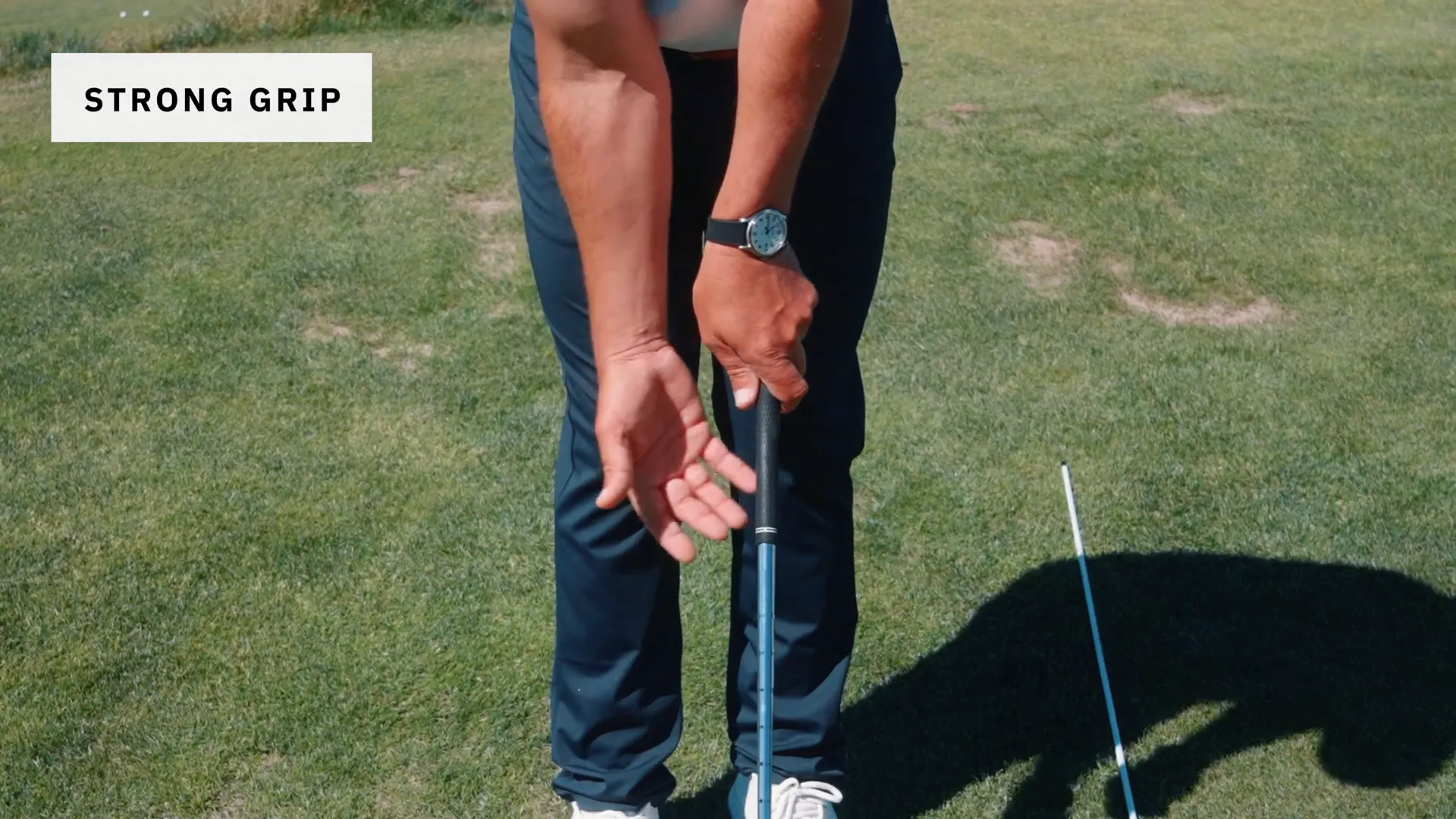
The Impact of a Poor Trail Hand Grip
Proper trail hand grip is vital for rotation. If placed too far under the club, it may cause the clubface to shut, necessitating awkward compensations that increase back strain.

Achieving the Ideal Grip for Better Control
For an effective grip: position the lead hand’s heel pad atop the grip with the thumb slightly rightward. Place the trail hand over the thumb for controlled movements.
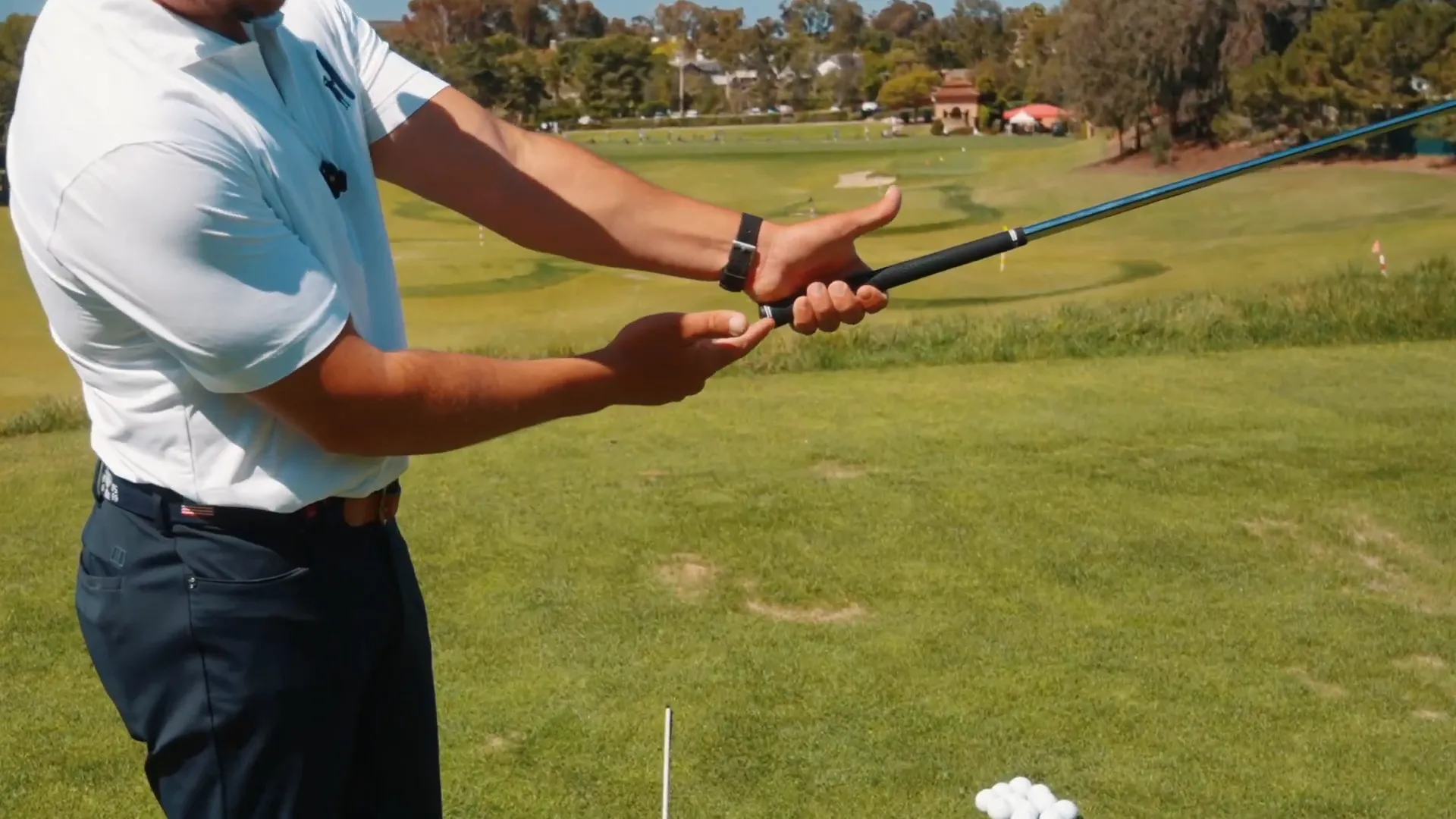
The Role of the Lead Hip in Your Swing
The lead hip plays a crucial role in balance and fluid movement. For optimal posture and alignment, the lead hip should be somewhat higher than the trail hip, facilitating natural rotation.
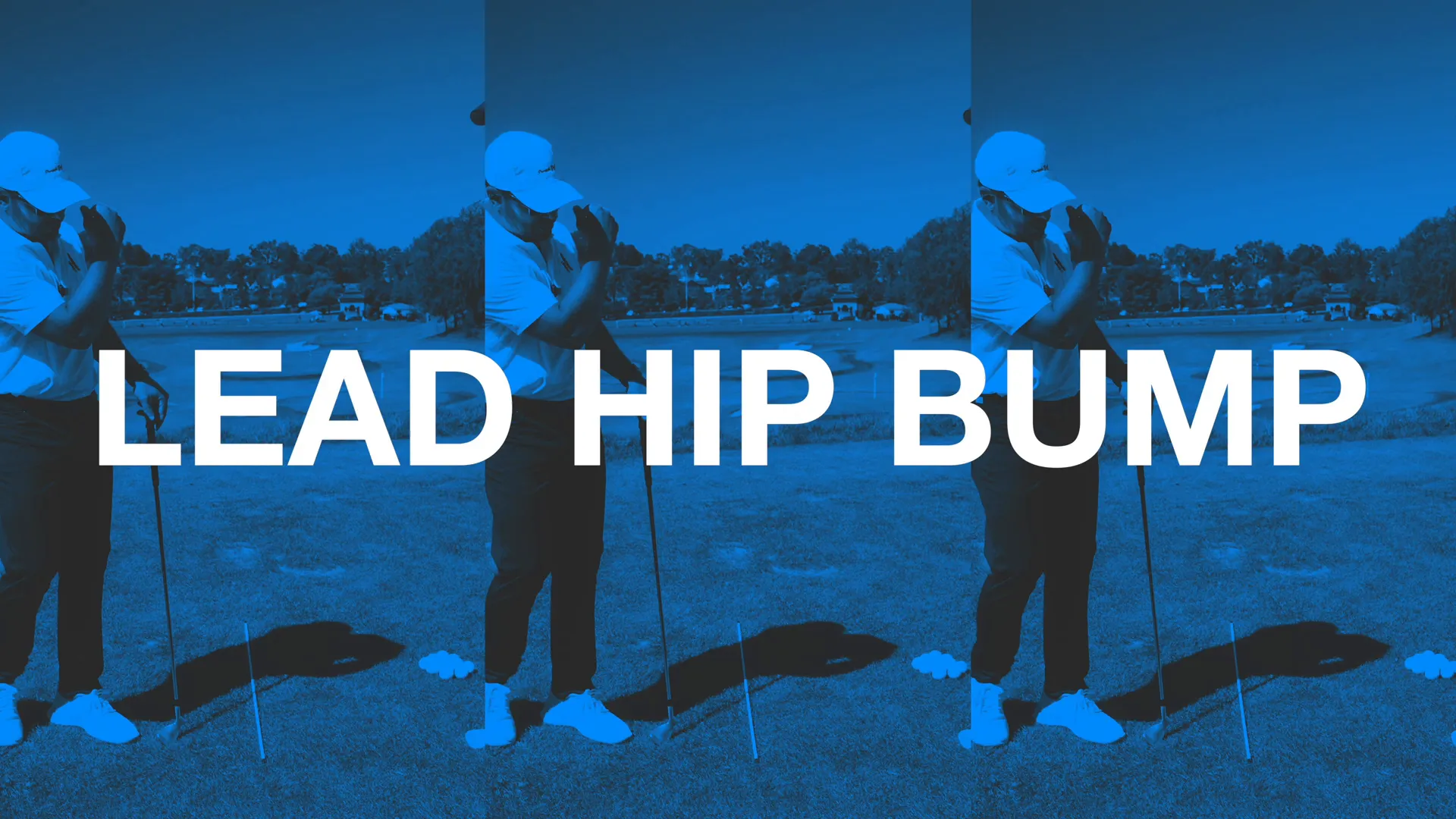
Common Mistakes: Incorrect Hip Alignment
Incorrect hip alignment, creating an awkward “K” shape, usually causes stress in the lower back. Correct this by moving the trail hip towards the foot’s instep and raising the lead hip.
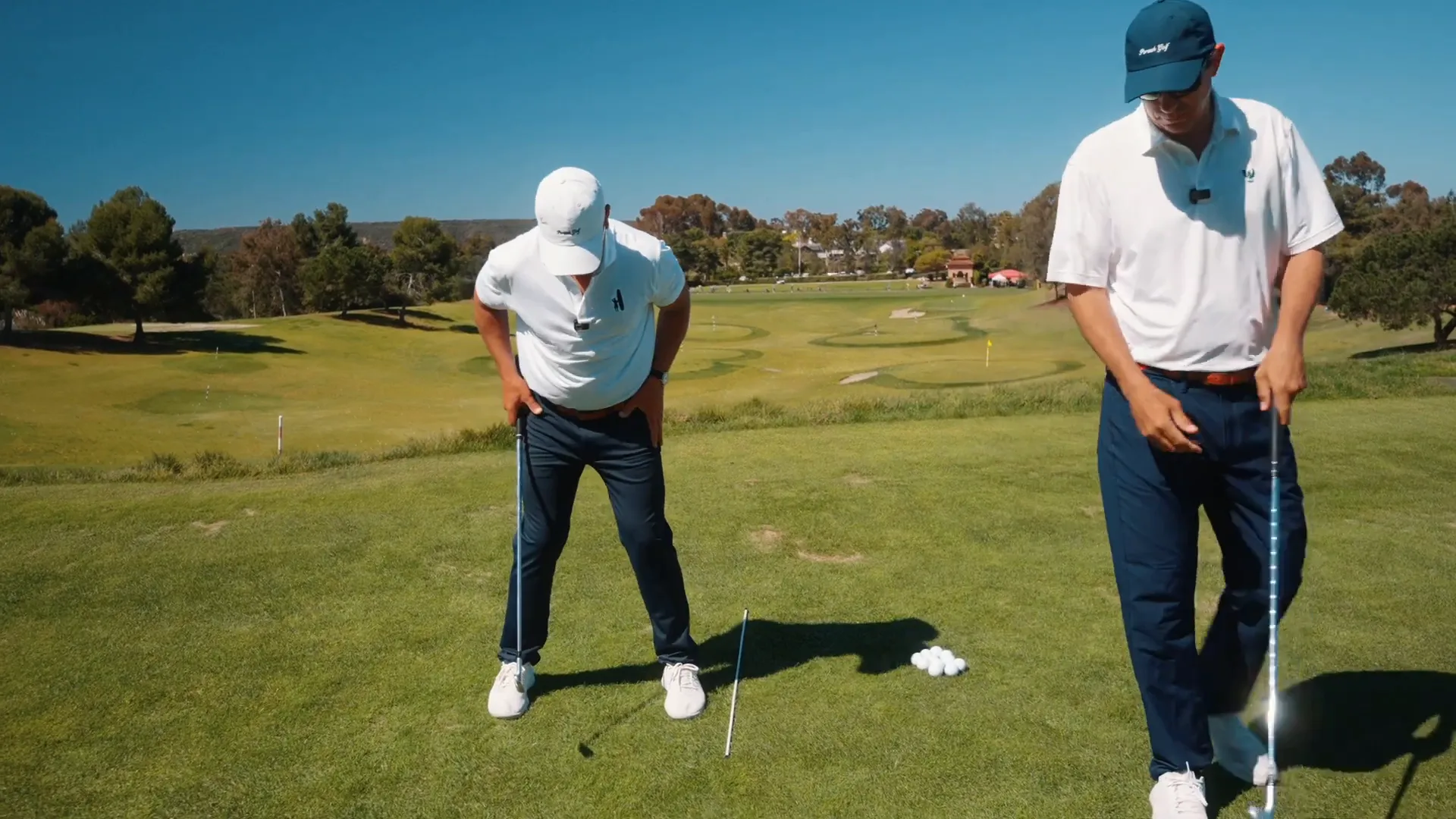
Correcting Your Hip Position for a Better Swing
Positioning your hips correctly is essential for a pain-free golf swing. Aim for the lead hip to be slightly higher to facilitate natural rotation and prevent a reverse pivot, thereby reducing back strain.
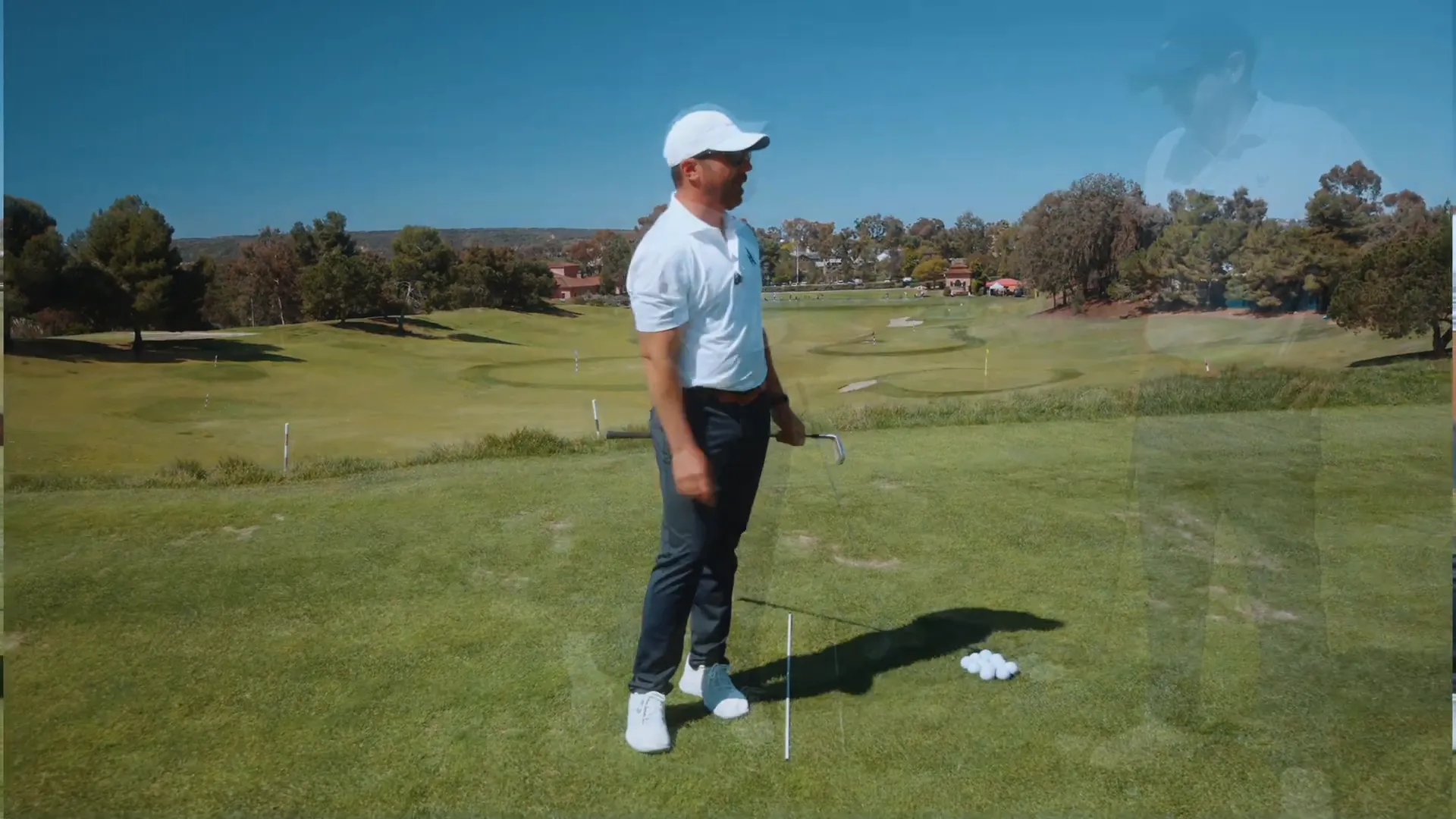
Recognizing Pain Points: Where Does It Hurt?
Understanding the sources of your pain can highlight whether your grip or hip positioning needs adjustment. Pain on the right may stem from setup, while left-side discomfort could indicate trail hand grip issues.
Key Checkpoints for Proper Setup
Remember these key setup checkpoints for a smoother, pain-free swing:
- Lead Hip Position: Keep lead hip higher than the trail hip.
- Trail Hip Alignment: Lean your trail hip towards the instep of the foot.
- Grip Check: Ensure correct trail hand grip with a focus on proper thumb-finger alignment.
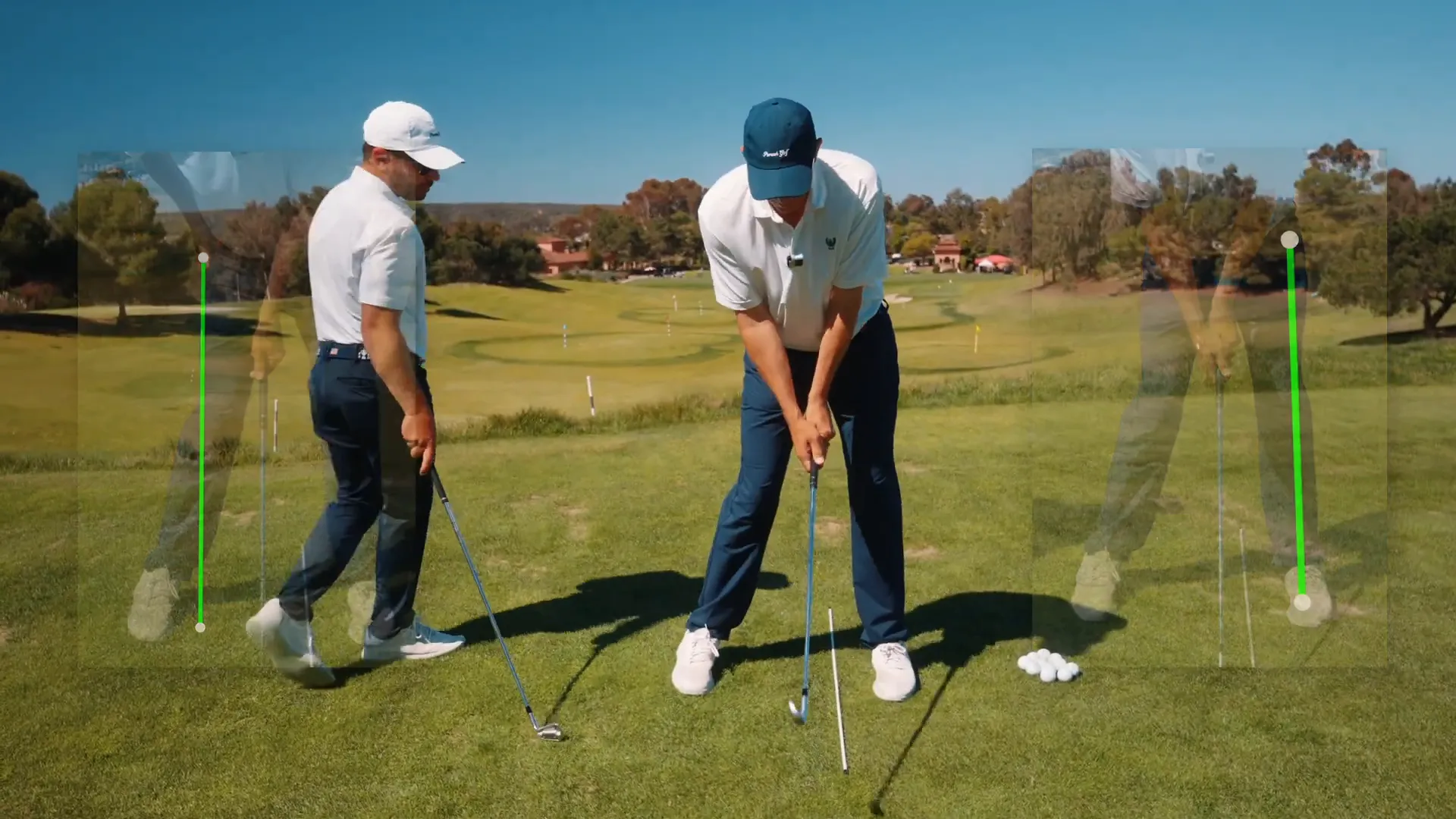
Conclusion: Swing Smart to Avoid Pain
Your golf game should be enjoyable, not painful. By focusing on grip and hip alignment, you can minimize discomfort and gain confidence in your swing. Implement these strategies, and watch as your game becomes more fluid and effective.
Join Our Full Swing Master Class
Ready to take your game further? Our Full Swing Master Class offers expert guidance on achieving the perfect swing. Join us to gain the skills for a more powerful, pain-free performance.

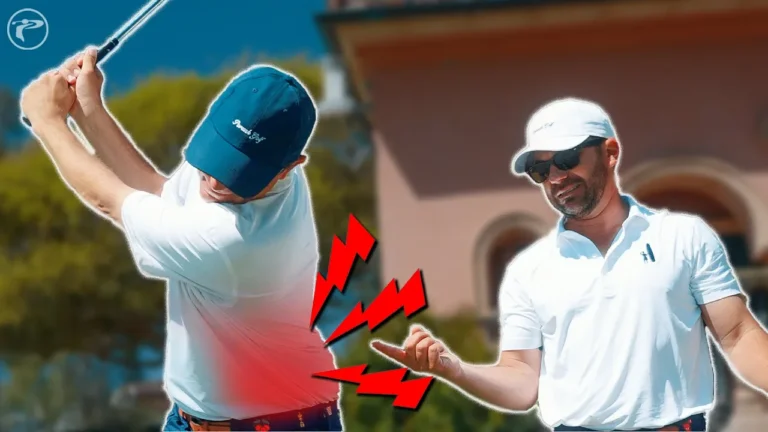
0 Comments